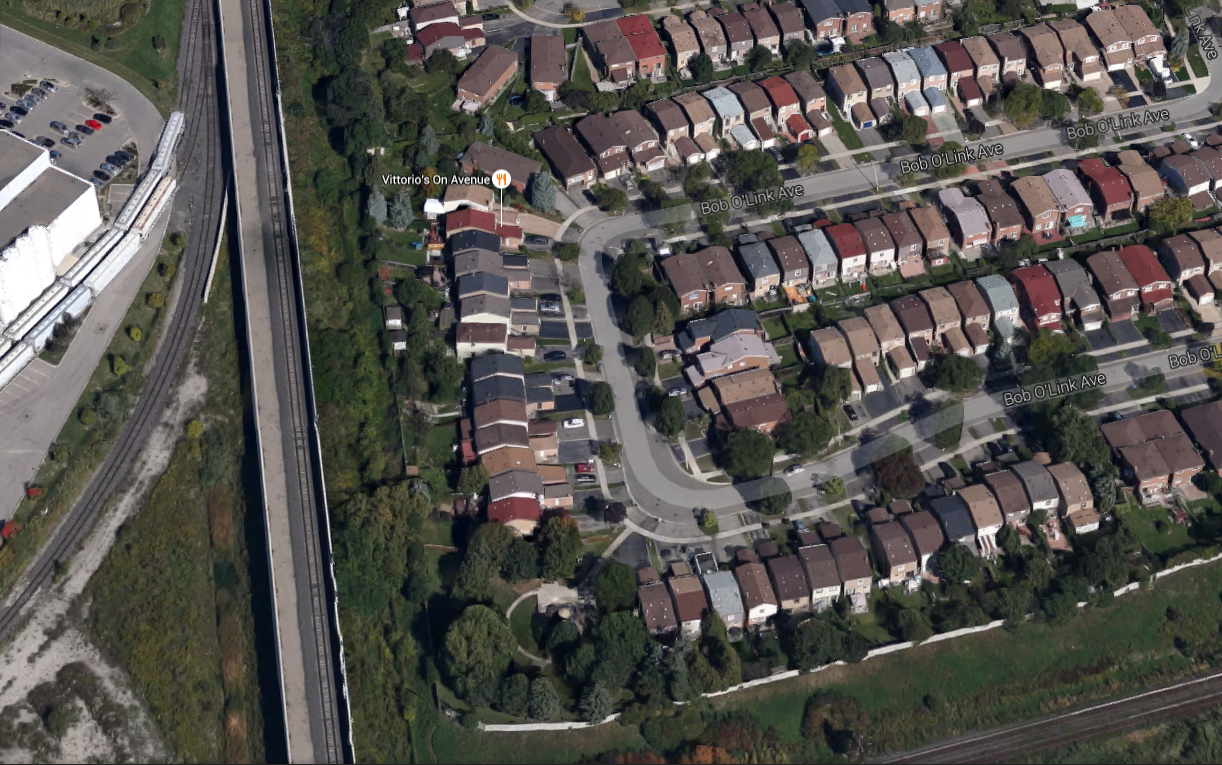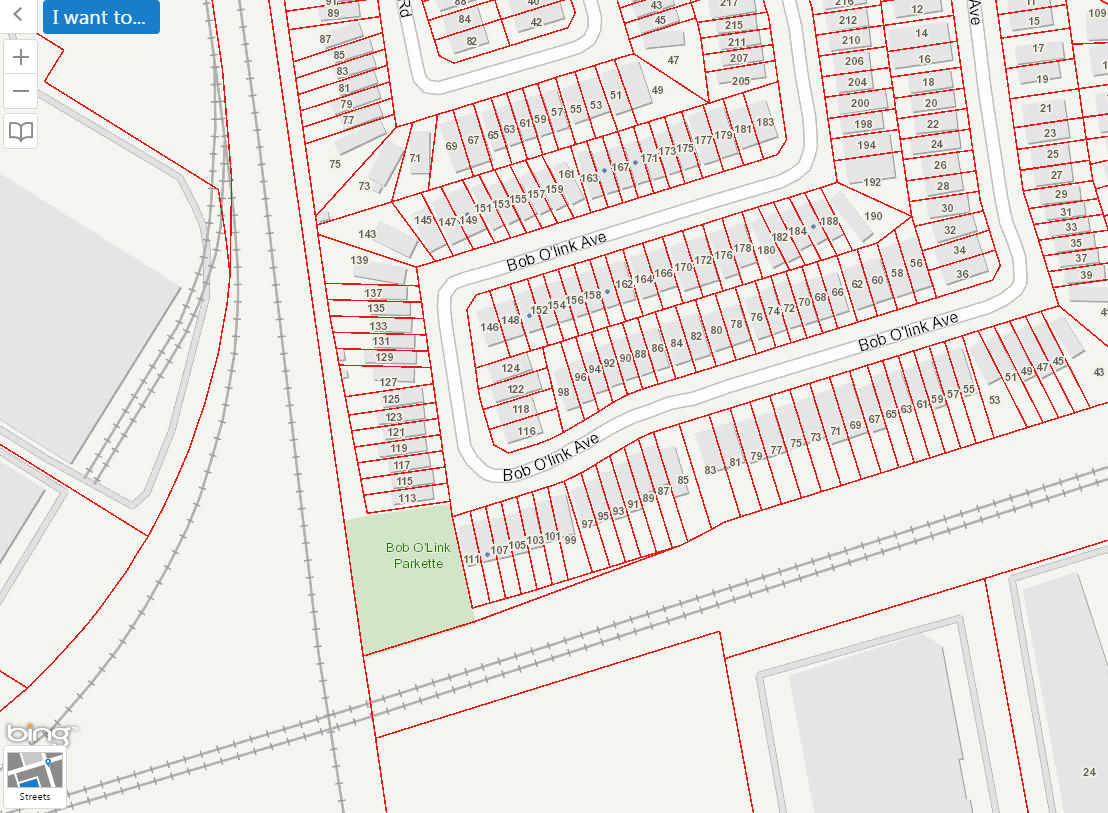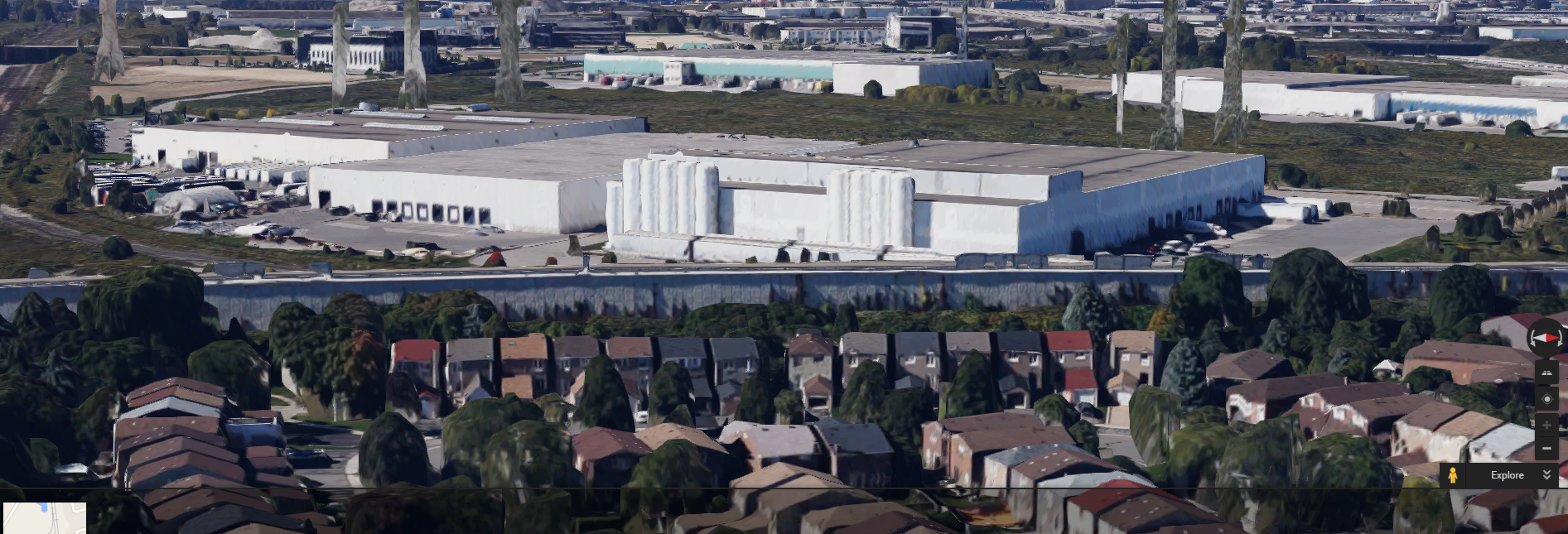crs1026
Superstar
Okay, interesting. Because it seems to me SmartTrack East / Stouffville RER will be our biggest challenge. Danforth, Havendale, Huntingwood, Finch, McNicoll, Passmore, Steeles, Kennedy, Dennison. That's a substantial number, so I'm wondering which ones will by law have to be grade-separated for the service proposed.
I'm not aware that Transport Canada has any legal power to order a municipality or province to grade-separate an existing crossing. They certainly have the power to order the railway to take precautions at the crossing....which may be the requirement to sound bell and horn (or not, there are always people arguing in both directions), speed limits, enhanced flashers and barriers, and (in the extreme) the requirement to stop and have a member of the crew flag the train across the crossing. Any or all of these would have a significant impact on the operation, so the more concern the regulator has, the greater the likelihood that someone will find the money for the grade separation.
Personally I would advocate zero tolerance for any vehicular or pedestrian conflicts throughout the entire line. That includes better fencing throughout (assuming not every stretch requires sound walls), and strict enforcement of trespassers taking short cuts across the right of way (sorry railfans, but safety is safety).
One of the interesting engineering standards for the French TGV is a design that makes it virtually impossible for a car to end up on the ROW. The amount of crash-barrier fencing on the TGV lines is impressive - every little farmers' lane has a physical barrier separating it from the tracks. I'm not suggesting that for RER, but in principle there is no safe way for cars and trains to cross each others' paths, so absolute separation should be planned from the start. Yes, it's a cost - but a constructive one.
- Paul




